
Following a brief interlude of “neutral” sea surface temperature conditions this summer, La Niña has returned to the tropical Pacific Ocean. The cool phase of the El Niño-Southern Oscillation climate pattern is expected to persist through winter.
Includes natural processes within the climate system: orbital patterns, solar radiation, oceans, atmosphere, water cycle, the natural greenhouse effect, carbon cycle, regional climates and differences between climate and weather.

Following a brief interlude of “neutral” sea surface temperature conditions this summer, La Niña has returned to the tropical Pacific Ocean. The cool phase of the El Niño-Southern Oscillation climate pattern is expected to persist through winter.
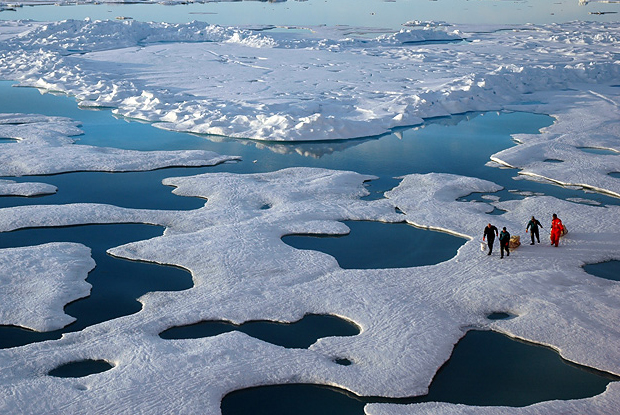
Each summer, the seasonal unraveling of the Arctic’s blanket of ice exposes large areas of the ocean to solar heating. The smaller the ice extent, the larger the potential warming influence. Arctic sea ice extent in July 2011 was the lowest for that month in the satellite record.
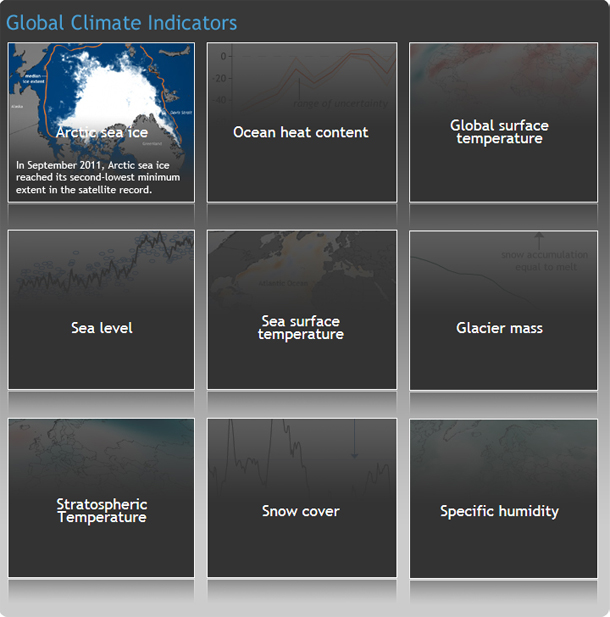
Image highlights form the 2011 State of the Climate report.
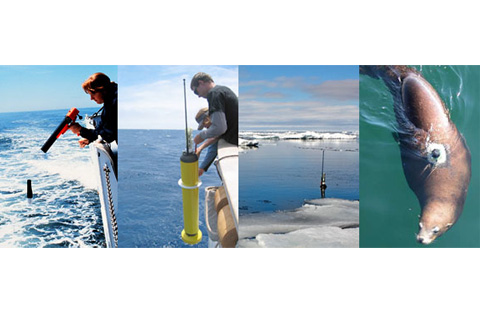
More than 90 percent of the warming that has happened on Earth over the past 50 years has occurred in the ocean. Not all of that heating is detectable yet at the surface
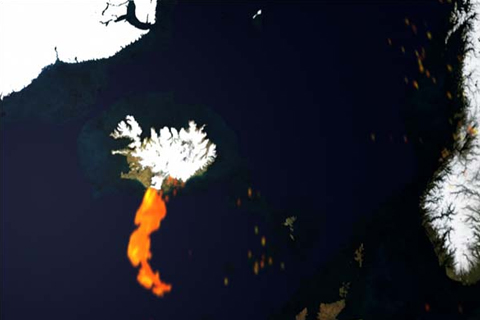
Iceland’s Eyjafjallajökull Volcano roared to life on April 14, 2010, injecting billowing clouds of steam and volcanic ash into the atmosphere.
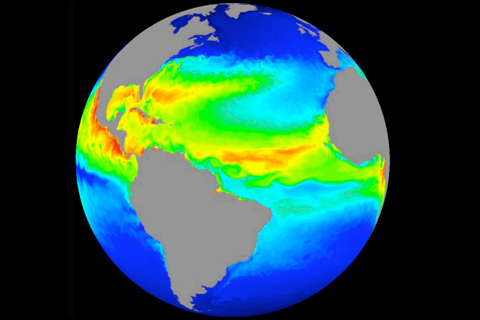
Improved computer models help scientists understand Earth’s ocean.
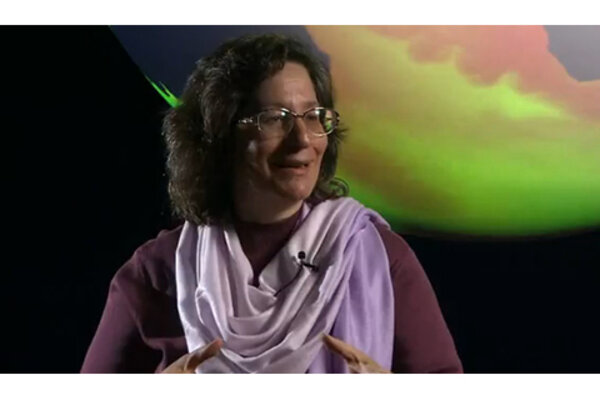
January 15, 2009

A new paper looked at 20 years work of real-time ENSO Model forecasts and found some interesting patterns. Did you know models found it pretty freaking hard to predict the onset of La Nina events?

July 22, 2024
A La Niña Watch has been issued by NOAA's Climate Prediction Center. But also, we are still in El Niño! Confused? Let the ENSO bloggers explain.